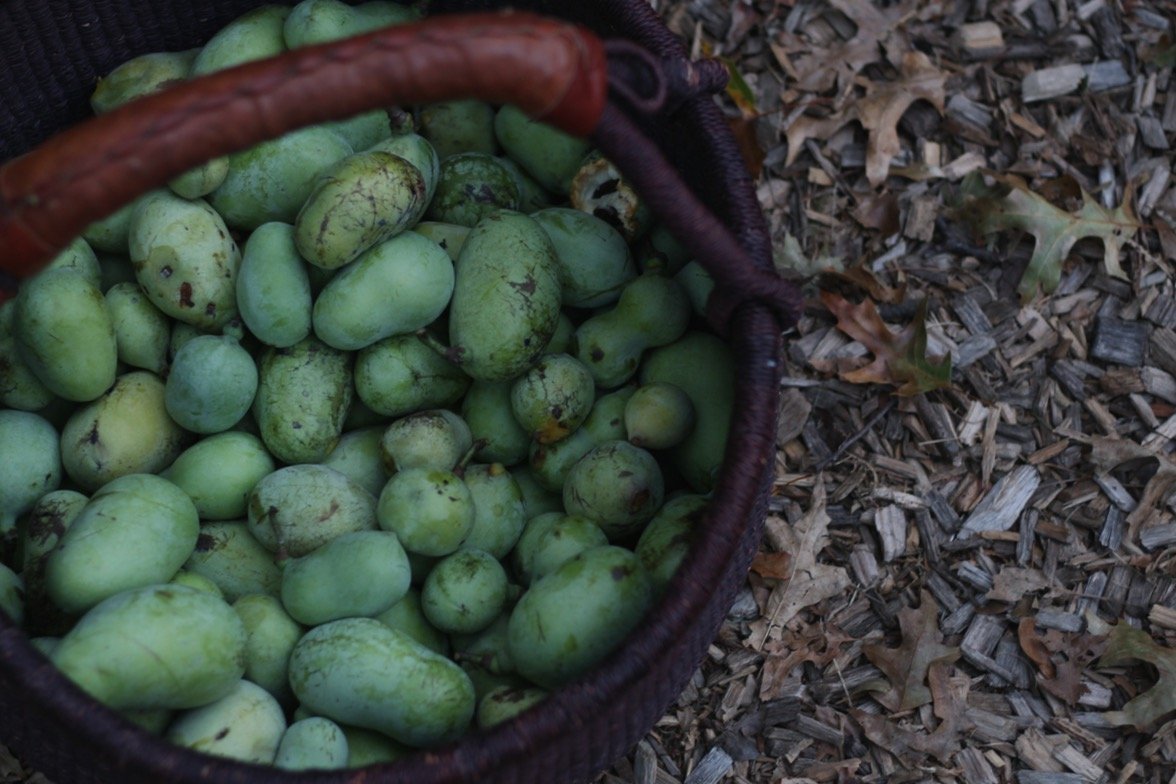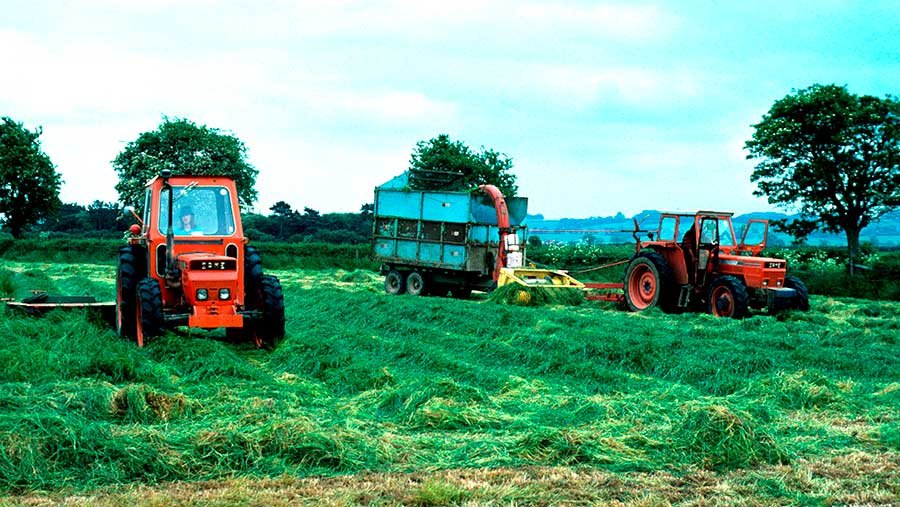- Researchers recently discovered two new phytoplankton species: Epithemia pelagica and Epithemia catenata.
- The species were found to carry out nitrogen fixation, which can help support productivity in nutrient-poor parts of the ocean.
- While there is much to learn about these new species and the ecological processes they play in the ocean, researchers are excited about their ability to “self-fertilize” and sustain the marine food web.
It was completely by accident that Chris Schvarcz and his colleagues discovered two new marine phytoplankton species. In 2014, Schvarcz was using phytoplankton cultures to study viruses as a Ph.D. student at the University of Hawai‘i. Over the course of his research, he noticed something unusual.
Some forms of phytoplankton, or diatoms, are known to fix nitrogen, which is a cell’s ability to convert nitrogen from the air into ammonia. Nitrogen fixation is an important process because it can help support productivity in nutrient-poor parts of the ocean. But phytoplankton usually needs the help of a symbiont to fix nitrogen. Yet the phytoplankton in Schvarcz’s cultures appeared to be doing the impossible: they appeared to be fixing nitrogen by themselves.
Schvarcz reached out to his colleague, Sam Wilson, a researcher who holds positions at both the University of Hawai‘i and Newcastle University in the U.K., to see what he made of it.
“He said, ‘Sammy, I’ve got this diatom that can grow in nitrogen-free media,’” Wilson told Mongabay. “And I said, ‘Ah-huh, yeah, yeah,’ thinking that maybe there’s some contaminant nitrogen or something else might be going on … because the ability to fix nitrogen is quite evolutionary restricted. Only certain bacteria and archaea can do it.”
Several days later, Wilson borrowed samples from Schvarcz as he worked on a method to measure nitrogen fixation, and he also noticed some peculiarities.
“I discovered this day-and-night pattern of nitrogen fixation that I’d never seen before, so now I was really confused,” Wilson said.
The researchers eventually realized they were looking at a new species of phytoplankton, which they decided to call Epithemia pelagica. When they dug a little deeper, they even discovered a second nitrogen-fixing phytoplankton species that they named Epithemia catenata. They also recognized that these phytoplankton were interacting with a symbiont, which how they were able to fix nitrogen. A paper about these two new species was recently published in Nature Communications.
The reason these phytoplankton previously evaded discovery likely has to do with their lack of color, said Schvarcz, lead author of the new paper. Other types of diatoms form associations with nitrogen-fixing cyanobacteria, and these cyanobacteria symbionts can be easily detectable by the bright orange pigment they exhibit when exposed to blue-green light. But the symbionts in these new species do not produce such color, Schvarcz said.
“Both of these diatom species are remarkable because they represent previously unrecognized sources of nitrogen-fixation in the ocean, which is a critical process that helps sustain primary production in nutrient-poor environments,” Schvarcz told Mongabay in an email. “We previously thought that Epithemia symbioses only occurred in freshwater, but now we know that they can be found across the world’s oceans.”
The researchers are also trying to understand the species’ unique pattern of nitrogen fixation. Other nitrogen-fixing organisms tend to spend either the day or night fixing nitrogen, but not both. These new phytoplankton species, however, were found to fix nitrogen throughout the day and night, only taking a “six-hour break around sunset,” according to Wilson, who co-authored the study.
Grieg Steward, an oceanography professor at the University of Hawai‘i and study co-author, said it’s too soon to ascertain their ecological role in the oceans. However, he said the ability of these phytoplankton to fix nitrogen would make them “self-fertilizing,” which means that they can help sustain food web productivity in low-nutrient regions of the ocean, both directly and indirectly.
“As they grow they are likely directly eaten by zooplankton, which in turn get eaten by fish thus transferring carbon, nutrients and energy up the food chain,” Steward told Mongabay in an email. “Because animals also excrete a large fraction of the nutrients in their food, when these diatoms get eaten, the nitrogen they fixed is released into the water, but now in an easily usable form, which stimulates growth of the many other abundant and diverse phytoplankton that can’t fix nitrogen for themselves.”
There’s still much to learn about these phytoplankton and their role in the ocean — and that’s an exciting prospect, Wilson said.
“This discovery was one of those feel-good stories,” Wilson said. “There’s still things that we don’t know, and traditional techniques and patience can still lead to [a] groundbreaking discovery by one person with a microscope.”
Citation:
Schvarcz, C. R., Wilson, S. T., Caffin, M., Stancheva, R., Li, Q., Turk-Kubo, K. A., … Steward, G. F. (2022). Overlooked and widespread pennate diatom-diazotroph symbioses in the sea. Nature Communications, 13(1). doi:10.1038/s41467-022-28065-6
Banner image caption: New species of diatoms were isolated from samples taken at Station ALOHA, a circle of ocean north of Oahu. Image by Paul Lethaby/ Hawai‘i Ocean Time-series, UHM
Correction (03/03/2022): An earlier version of this article stated that phytoplankton was not previously known to fix nitrogen, which is incorrect. Researchers have known for years that phytoplankton fix nitrogen, but the new species were found to fix nitrogen in a new way.














